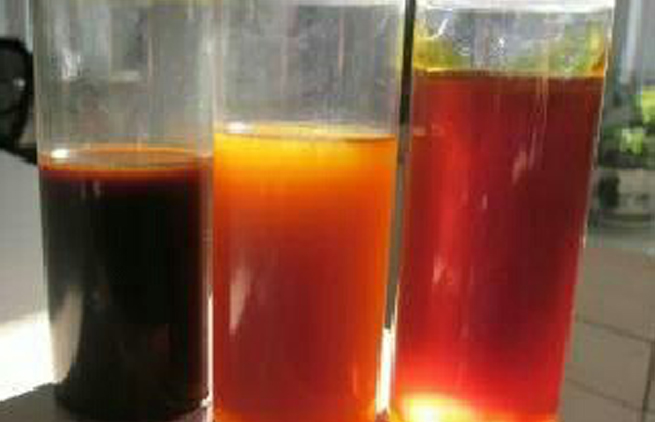The Soybean Phospholipid Oil
The concept and application of soybean phospholipid oil:
Soybean phospholipid oil is the product extracted from the oil residue of soybean oil production, with the content of 1.2% to 3.2% in soybean. Due to the strong water absorption of phospholipid, the solubility of phospholipid in high quality is greatly reduced after water absorption and expansion. When refining and separating phospholipids, it is based on this property of phospholipids. Generally, the water content of the by-product oil foot of the refinery is about 50%, which is also called hydrated oil foot. Phospholipid oil is a fresh hydrated oil foot processed by vacuum film evaporation and quenching process. It contains 50% - 65% acetone and 35% - 50% soybean oil. It is yellow to brown and has a special flavor of phospholipid.
In addition to providing certain energy as feed, soybean phospholipid oil plays a role in feed processing.
1. When the binder phospholipid is added into the feed, it can play the role of adhesion, reduce the flying dust and automatic classification in the feed processing process, and maintain the feed mixing uniformity and other effects.
2. Emulsifying stabilizer phospholipid is a good fat emulsifier. Phospholipid can inhibit the loss of fat in the diet, increase the absorption of fat, promote the growth, improve the conversion rate of the diet, and improve the survival rate.
3. The lubricity phospholipid has a good lubricity, which can reduce the loss of feed in extrusion molding, reduce the wear of feed on equipment, improve the granulation yield and particle quality, and also reduce the energy consumption in the granulation process.
4. Oxidation resistance: protect fat soluble vitamins and unsaturated fatty acids in feed, and extend the shelf life of feed
In conclusion, soybean phospholipid is a kind of natural surfactant, physiological activator, nutritional enhancer, antioxidant and feed processing assistant. Its application in feed industry can not only regulate, supplement and improve feed utilization, but also reduce dust flying and automatic grading in feed production and improve the physical properties of granulation. Quality and yield.
It can be used as a bonding agent in aquatic feed to improve the floatation and sedimentation of aquatic feed in water and reduce feed waste and water pollution.




